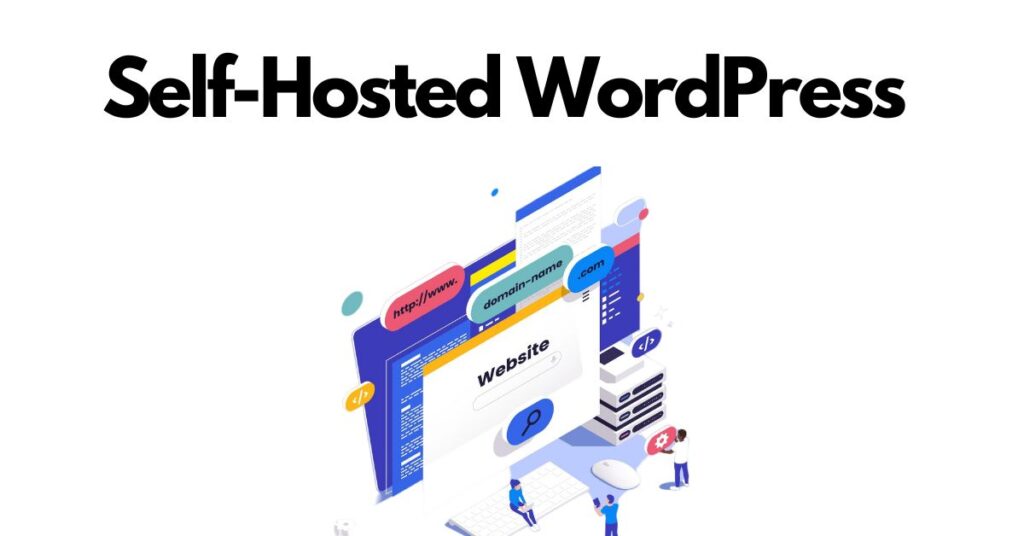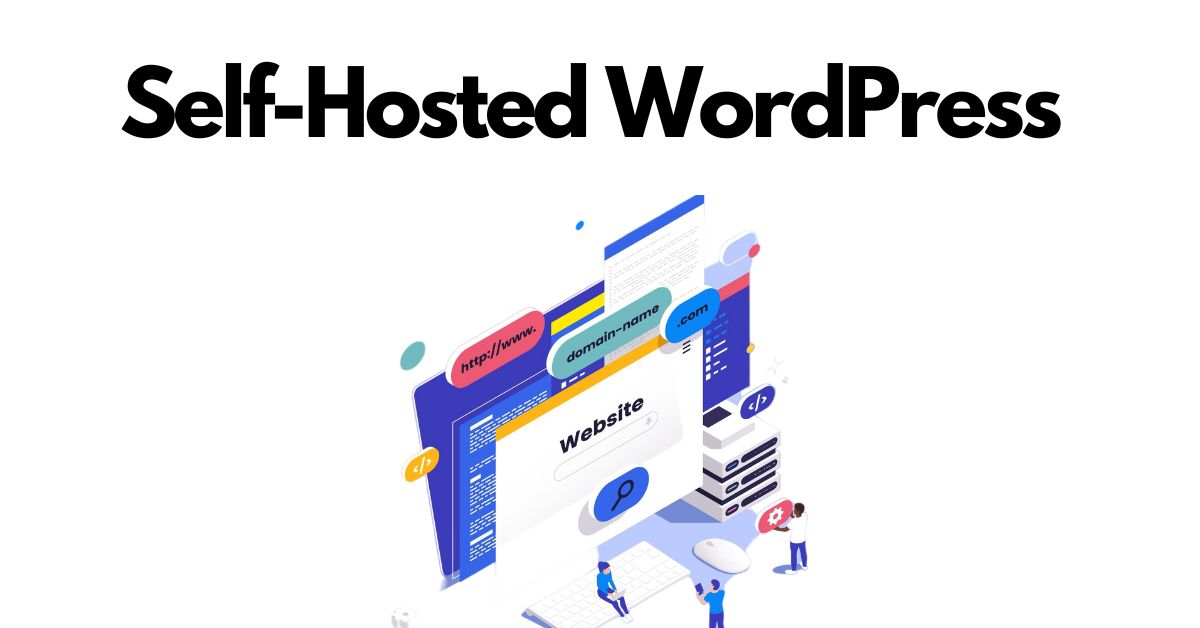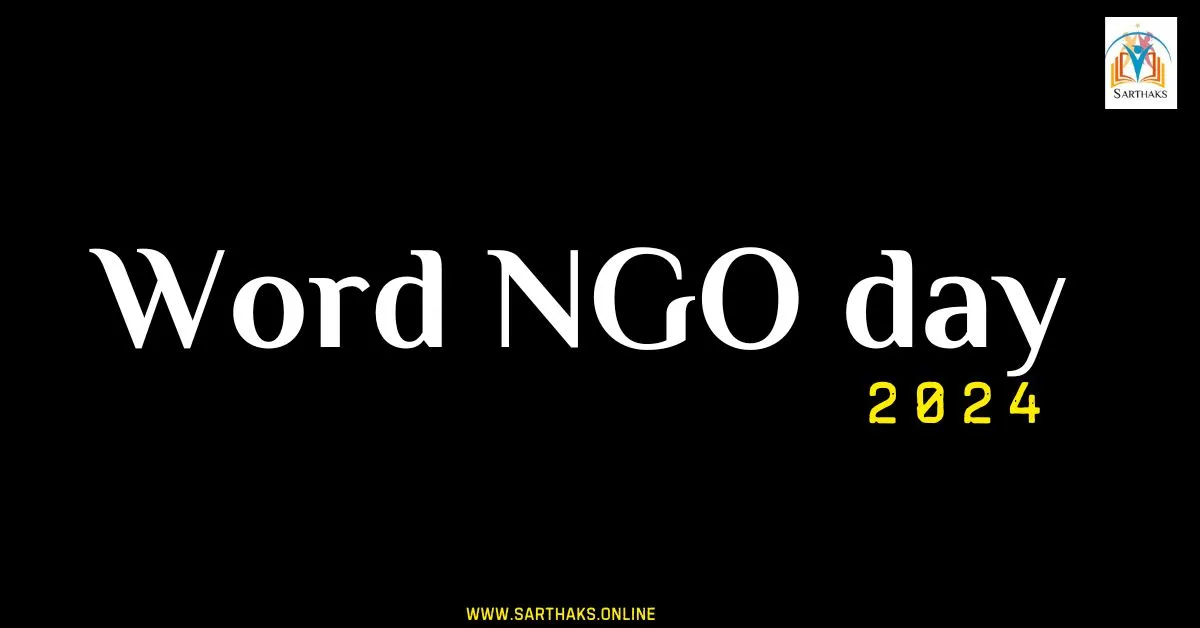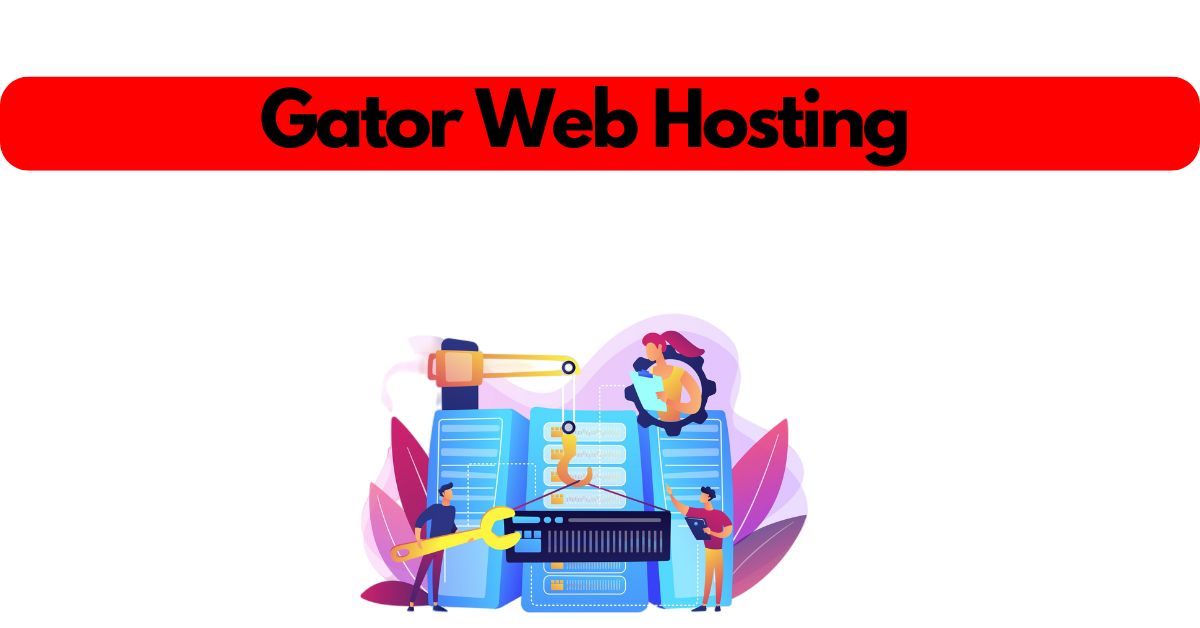self-hosted WordPress:- Starting your website can seem daunting, but it’s easier than you might think with a self-hosted WordPress site. Let’s break it down into simple steps to help you get your website running smoothly.
1. Choose a Domain Name
Think of your domain name as your website’s address on the internet. It’s what people type into their browser to find your site, like www.yoursite.com. on self-hosted WordPress
How to Choose One:-
- Keep it short and memorable.
- Reflect on your site’s purpose or brand.
- Avoid numbers and hyphens to keep it simple.
Where to Get One:-
You can buy a domain from registrars like GoDaddy, Namecheap, or even through your hosting provider.
2. Select a Web Hosting Provider
Web hosting is where your website lives. It’s like renting space on the internet where all your files and data are stored.
Choosing a Host:-
- Look for reliability and good customer service.
- Check for easy WordPress installation.
- Compare pricing and features.
- Popular hosting providers include Bluehost, SiteGround, and HostGator. Many of these offer domain registration as well.
Table of Contents
3. Install WordPress:-
Most hosting providers offer one-click WordPress installations, making this step super easy.
Log In: Access your hosting account:-
- Find the WordPress Installer: Usually located in your hosting control panel.
- Run the Installer: Follow the prompts to set up WordPress. You’ll need to enter your domain name and some basic information.
4. Choose a WordPress Theme
A theme determines how your website looks. It controls the layout, colors, fonts, and overall design.
How to Choose:-
- Go to the WordPress dashboard.
- Navigate to Appearance > Themes.
- Browse or search for themes that fit your style.
- Click Install and then Activate to apply it to your site.
5. Customize Your Site
- Add Pages: Create essential pages like Home, About, and Contact.
- Set Up Menus: Organize your pages into menus for easy navigation.
- Customize Your Theme: Use customization options to tweak colors, fonts, and layouts.
Useful Plugins:
- Yoast SEO: Helps with search engine optimization.
- Contact Form 7: Creates contact forms for your site.
- Akismet: Protects against spam.

6. Create Content
- Posts vs. Pages: Use posts for blog entries and pages for static content like About or Services.
- Add Media: Upload images, videos, and other media to enhance your content.
- Regular Updates: Keep your site fresh and engaging by regularly adding new content.
7. Launch and Promote
- Preview Your Site: Make sure everything looks good and works properly.
- Publish: Once you’re happy with it, hit that launch button!
Get the Word Out:
- Social Media: Share your site on platforms like Facebook, Twitter, and Instagram.
- Email Marketing: Send out newsletters or announcements.
- SEO Best Practices: Optimize your content to help people find you on search engines.
8. Maintain Your Site
- Regular Updates: Update WordPress, themes, and plugins to keep everything secure and functional.
- Backup Your Site: Regularly back up your site to prevent data loss.
- Monitor Performance: Use tools like Google Analytics to track your site’s performance and user behavior.







